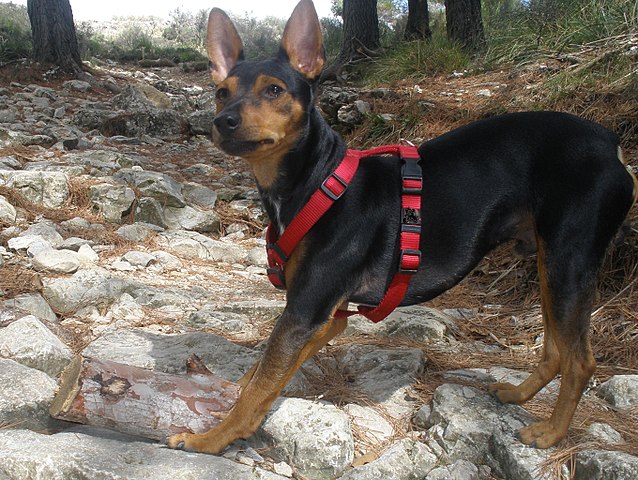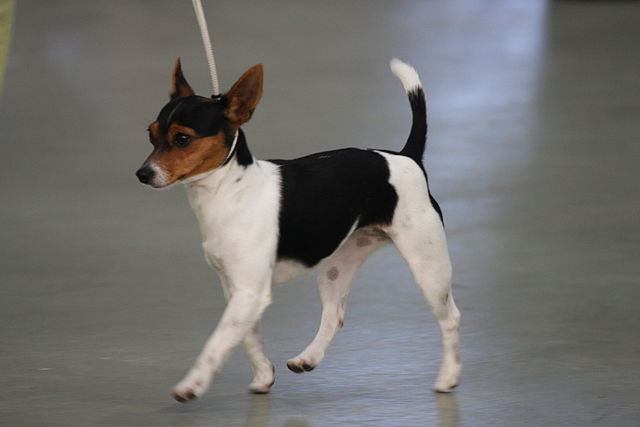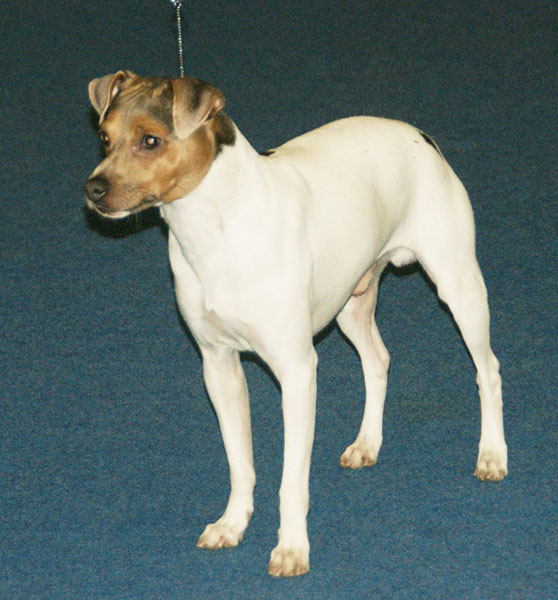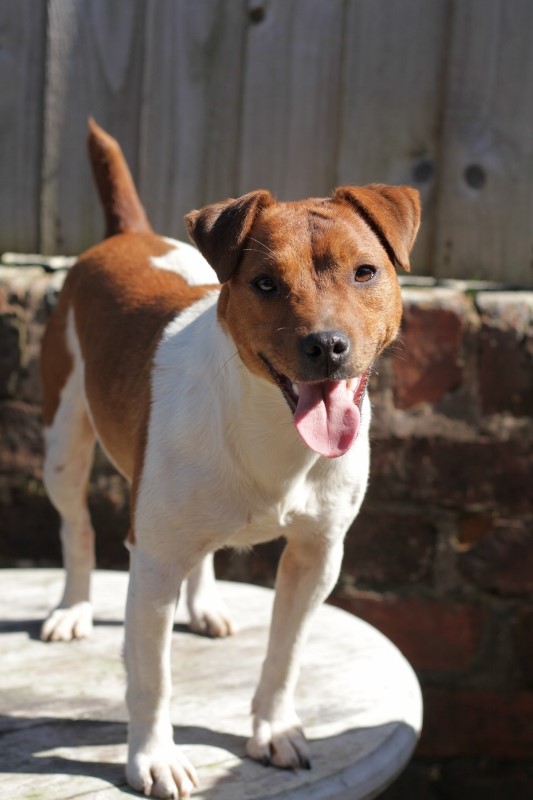The Chilean Terrier is the first official breed to come out of Chile. It is recognized by the Kennel Club of Chile although is not yet recognized by the FCI. It is virtually unknown in America altogether. The breed came about by crossing the Smooth Fox Terrier (brought over by European immigrants) with a rare breed known as the Ratonero Bodeguero Andaluz in the late 19th century. These small terriers are known for their outspoken natures, courageous temperaments and high aptitudes for rodent extermination. This is an active (almost restless) breed that nonetheless also possesses a balanced and loyal nature towards their owners.
The Chilean is a working terrier but can make a great companion in the right home because of his dedicated and faithful nature. He can live in either a large home or a farm-type setting with ease. He has no problem getting “down and dirty” on a ranch but can fare equally well in a large estate as well – both were homes in which early members of the breed lived. He also can live comfortably in most any climate as long as common sense is used. He gets along with children as he is very playful and enjoys romping around with them. This said, because of his excitable nature, he does best with slightly older kids.
Build for hunting ornery rodents, and speedily avoiding sharp rodent teeth in the process of doing so, the Chilean Terrier is adept at keeping himself from getting unnecessarily hurt whenever possible. This isn’t to say that injuries cannot happen, but he has fast reflexes and is quick-witted at avoiding bites from rats, snakes and even dogs. Another talent of this breed is his fantastic memory – both for good events as well as bad. He will remember someone that treated him harshly just as well as he will remember a favorite person from his early puppyhood. One final talent – Chileans have excellent senses of smell and they are often in “hunt mode”, especially when outside. If they smell a rat, it can be difficult to get them to listen as they consider hunting rodents their number one priority! This is a breed with a high prey drive and one which doesn’t always do well with small pets.
Chilean Terriers are aloof when meeting new people, although are not normally aggressive as long as they’ve had adequate socialization. If they don’t like someone for whatever reason, they will bark continuously rather than attack. Their tendency to bark when something seems awry also makes them adept as watchdogs at home. While courageous when hunting, in general they are more laid back and less sharp than many other terrier breeds. Chileans enjoy and love their owners but they don’t tend to be overly clingy and can be fairly independent. They’re more likely to use their curiosity to explore and patrol the yard or home, while occasionally checking in with their family. They also aren’t overly loving with other dogs, and many are naturally dog aggressive. 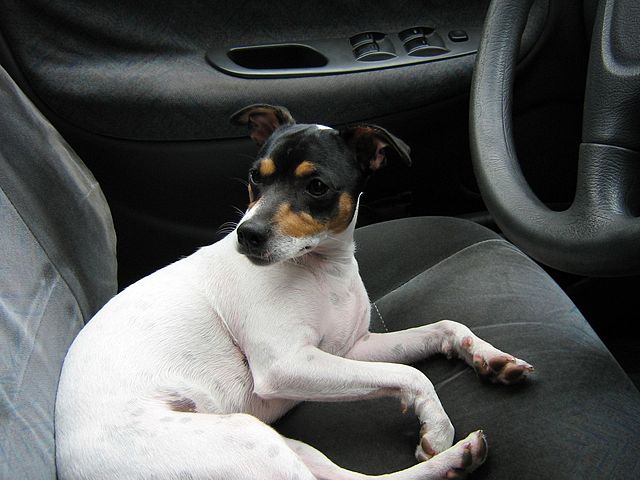
The Chilean Terrier is most often seen as a tricolored dog – either black tri, chocolate tri or blue tri. Bicolors are less common but do occur – with dogs being either white and black, or white and tan. It is important that these terriers be primarily white, with colors being present only on the head and ears if at all possible. Most Chilean Terriers are born without a tail, or with a shortened tail however sometimes a dog will be born with a full length tail which isn’t faulted as long as it is carried correctly. This is a long-legged terrier with a fine build and folded ears set high on a triangular head.
The Chilean Terrier is happy to learn knew things and often enjoys training, particularly when he is started very young. Very intelligent, he can also be stubborn and does best with an experienced owner or trainer. He is highly independent and willful when there’s something he’d rather spend his time doing. Due to a tendency toward dominant behavior, training is very important for this breed and should be a non-negotiable part of responsible ownership!
The Chilean is an active dog that needs regular exercise every day – at least an hour total! While walks are great, he can also benefit from exercises that let him use his strong sense of smell as well. Make sure to give him activities that keep his legs moving and his brain working. Mental exercise is just as important as physical exercise for this little working terrier! Without these outlets, he can develop problem behaviors such as destructive chewing, excessive barking and extreme digging. Help your Chilean beat boredom and reduce destructive chewing with the highly recommended Benebone – https://amzn.to/410F5TG
Affiliate Disclaimer
As an Amazon Associate, I earn from qualifying purchases. This means that if you click on an affiliate link on this site and make a purchase, I may earn a small commission at no additional cost to you. Rest assured that I only link to products I have used, or use on a regular basis, and trust enough to recommend them to you!
